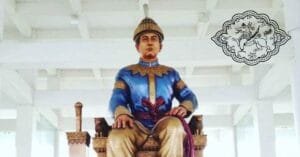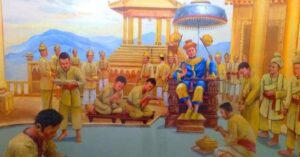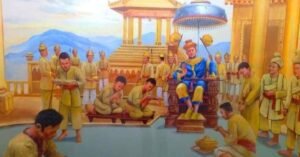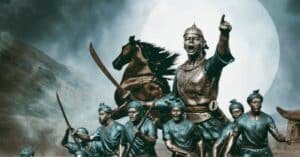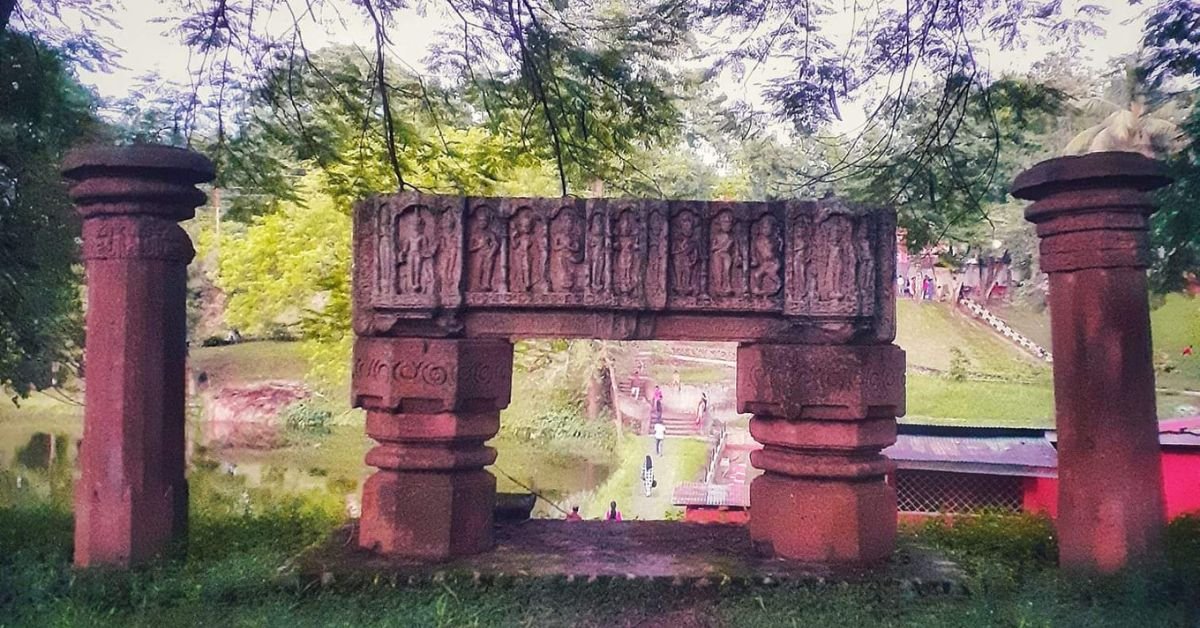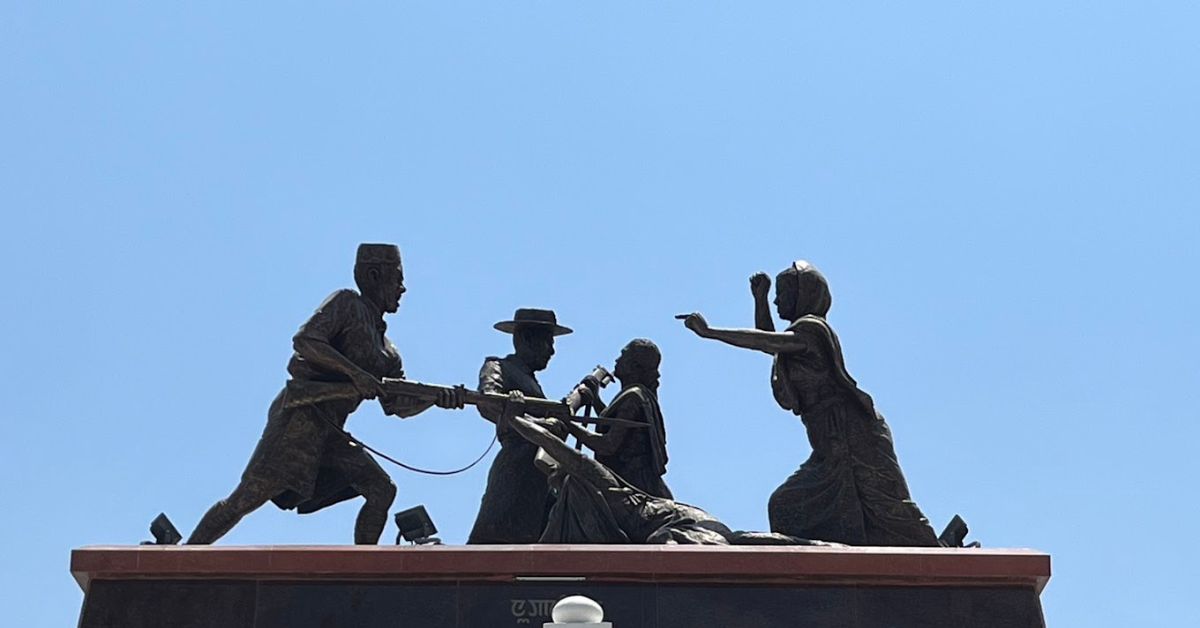Suteuphaa was the second Ahom king who ruled from 1268 CE to 1281 CE. He annexed the area east of the Dikhou river which was ruled by the Kachari tribe. The manner in which he outwits the Kacharis and conquers the neighbouring region reveals his wits and intelligence. There is an anecdotal story regarding how he gained the upper hand over the Kachari tribe during this annexation.
The story of expansion under Suteuphaa
As the second king of the Ahom dynasty, Suteuphaa did not have a large area to rule. He needed to expand to consolidate the position of the throne that his father Sukapha had bequeathed him. Suteuphaa sought to expand his father’s kingdom and came into conflict with the Kacharis, who inhabited the neighbouring region. The dispute centered around the territory east of the Dikhou river.
Instead of resorting to warfare, on the insistence of Suteuphaa, both parties decided to settle the matter peacefully. An interesting challenge was proposed: the Kacharis were tasked with building a canal from their settlement to the Dikhou river overnight. If they succeeded, the territory would remain theirs; otherwise, it would come under Ahom rule.
As the Kacharis neared completion of the canal, the Ahoms, under Suteuphaa’s instruction, resorted to trickery. Ahom soldiers hidden in the forest near the construction site had roosters with them. On the full moon night, these soldiers made the roosters crow, signaling the morning. Due to the moonlight, the Kacharis couldn’t accurately determine the time and believed they had exceeded the allotted time. Consequently, the Kacharis abandoned the track, and the Ahoms immediately seized control of it.


